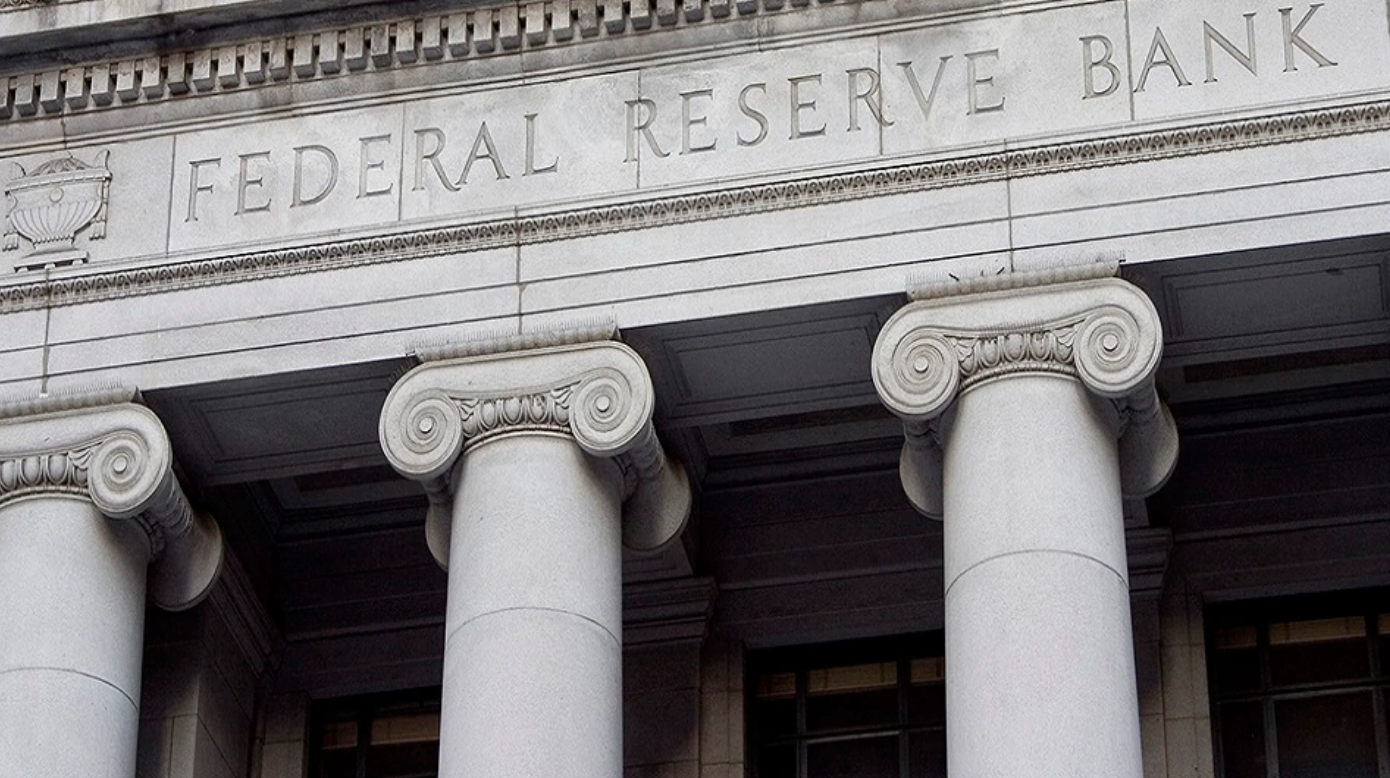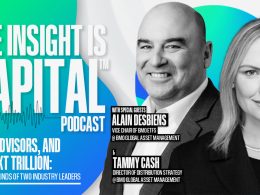by Liz Ann Sonders, Chief Investment Strategist, Charles Schwab & Company Ltd.
Key Points
- The FOMC kept rates near-zero and maintained the pace and size of Treasury/MBS purchases to its balance sheet.
- Financial conditions remain loose, credit spreads low and access to capital ample.
- Quarterly update to economic projections show slightly improved assumptions about GDP and unemployment; but no change to inflation and rate assumptions.
As expected, the Federal Reserve’s Federal Open Market Committee (FOMC) voted unanimously to keep the federal funds target rate in a range of zero to 0.25%; where it’s been since March. A majority of FOMC officials maintained their forecast that the rate would be kept near zero at least through 2023. In addition, the FOMC said it will continue to support the economy through considerable monetary stimulus until it sees “substantial further progress” on its dual mandate of employment and inflation. Specifically, the Fed “will continue to increase its holdings of Treasury securities by at least $80 billion per month and of agency mortgage-backed securities by at least $40 billion per month until substantial further progress has been made toward the Committee’s maximum employment and price stability goals.”
With regard to the Fed’s dual mandate, the FOMC “expects it will be appropriate to maintain this target range until labor market conditions have reached levels consistent with the committee’s assessments of maximum employment and inflation has risen to 2% and is on track to moderately exceed 2% for some time.” That was a repeat of the language in the November FOMC statement.
Easing by doing nothing
As mentioned by my colleague Kathy Jones, Schwab’s Chief Fixed Income Strategist, there is plenty of time and room for the Fed to make changes to the composition of its balance sheet in the future; rather than laying out specific plans now. Financial conditions remain very loose; while the U.S. dollar has weakened, credit spreads are very low and there are no signs that companies or individuals are having problems accessing capital. Moreover, inflation expectations are rising, which is keeping real rates in negative territory. In other words, the Fed is actually easing by doing nothing (if it stays with current policy, real rates fall and financial conditions ease).
The Fed also released its quarterly update to its economic projections; with the prior set of estimates released in conjunction with the September FOMC meeting. The new forecasts show a slightly smaller decline in real gross domestic product (GDP) this year, and a small increase in the 2021 forecast. The unemployment rate forecasts show a faster expected decline; reflecting the quick pace at which it’s already declined. Inflation is still projected to get back to 2.0% by 2023; with the majority of officials expecting the fed funds rate to remain near-zero until 2024 or later. Overall, the new Summary of Economic Projections (SEP) table, seen below, show that officials continue to believe that the path of least resistance for inflation remains down.

Source: Charles Schwab, Federal Reserve, as of 12/16/2020. Note: Projections of change in real gross domestic product (GDP) and projections for both measures of inflation are percent changes from the fourth quarter of the previous year to the fourth quarter of the year indicated. PCE inflation and core PCE inflation are the percentage rates of change in, respectively, the price index for personal consumption expenditures (PCE) and the price index for PCE excluding food and energy. Projections for the unemployment rate are for the average civilian unemployment rate in the fourth quarter of the year indicated. Each participant’s projections are based on his or her assessment of appropriate monetary policy. Longer-run projections represent each participant’s assessment of the rate to which each variable would be expected to converge under appropriate monetary policy and in the absence of further shocks to the economy. The projections for the federal funds rate are the value of the midpoint of the projected appropriate target range for the federal funds rate or the projected appropriate target level for the federal funds rate at the end of the specified calendar year or over the longer run. 1For each period, the median is the middle projection when the projections are arranged from lowest to highest. When the number of projections is even, the median is the average of the two middle projections. 2Longer-run projections for core PCE inflation are not collected.
Presser highlights
Fed chair Jerome Powell, conducting his usual post-FOMC announcement press conference, highlighted that “fewer participants see the balance of risks as weighted to the downside than in September.” He did note that the next few months are likely to be very challenging given the virus’ resurgence; while also acknowledging that “recent news on the vaccines has been very positive.” Powell mentioned that the Fed’s policy decisions are “outcome-based” and if progress on its mandates were to slow, the Fed would be ready to accelerate policy with a higher expected path of the balance sheet.
With regard to the need for more fiscal relief, Powell noted that the Fed’s emergency lending facilities are loans, and not grants (by law); and that what most businesses and individuals need at this point is direct relief and not additional debt. That said Powell did mention that the Treasury Department could, if necessary, restart the emergency lending facilities; after five of its programs will close at year-end at the request of the current Treasury Department.
Although some investors and/or traders may take issue with the lack of clarity on “substantial further progress” with regard to its dual mandate; the Fed clearly wants to avoid another “taper tantrum” volatility episode (like in 2013), when the Fed said it could start tapering its asset purchases. Powell mentioned the Fed tracks a variety of financial indicators, and that financial conditions are not presently acting as a brake on the economy; instead saying it’s the virus that’s doing that.
We put this report to bed before the presser concluded; but the key messages were likely already expressed. In sum, Jerome Powell emphasized that “there is more that we can do” with monetary policy; if needed. However, “in the near term, the help that people need isn’t from low interest rates. It’s really support.” Indeed.
Copyright © Charles Schwab & Company Ltd.













